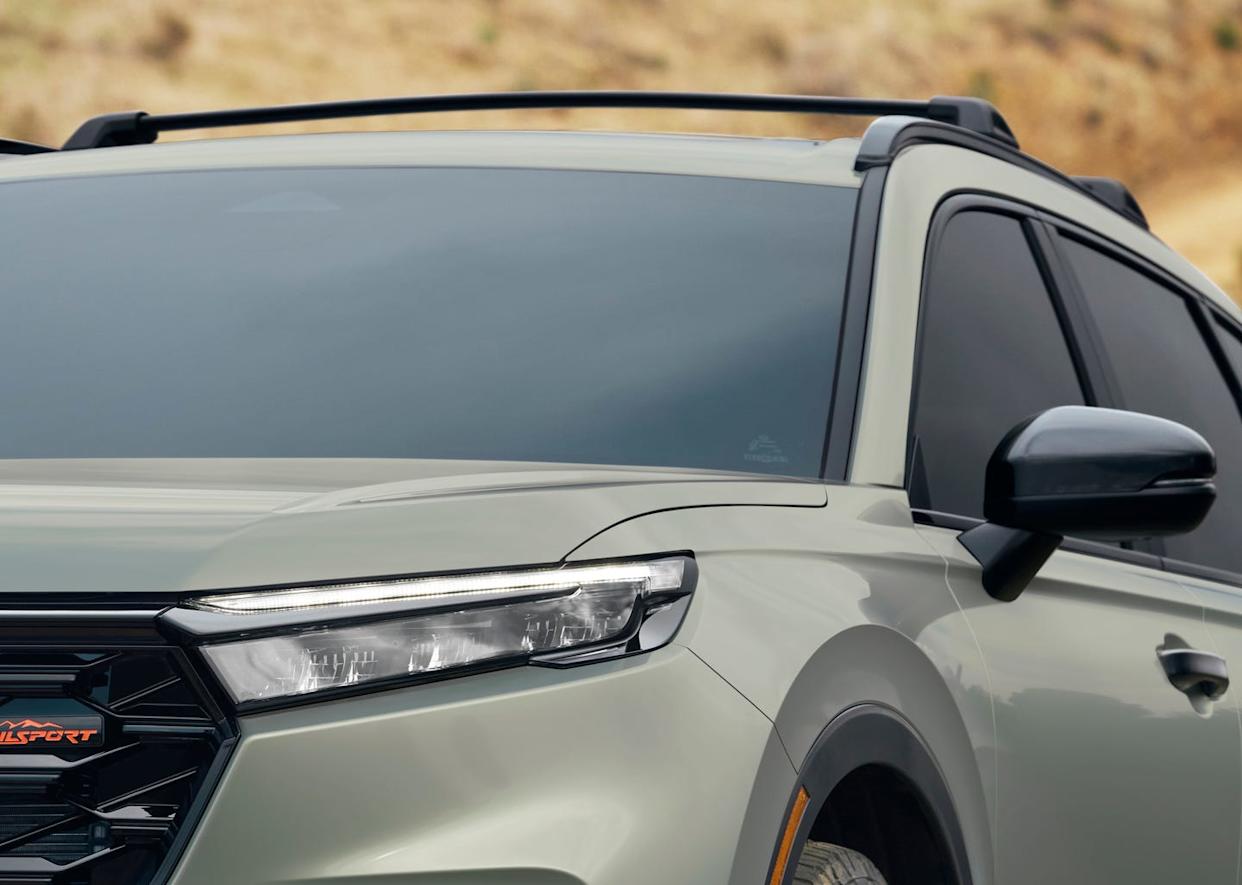
Visibility out of the vehicle is becoming a problem in new cars, and SUVs and crossovers in particular have been hit hard by a huge increase in the size of blind spots. Thanks to a new study from the Insurance Institute for Highway Safety, we now have a sense of exactly how bad the problem has become.
According to a new IIHS study that measured visibility in six different models over a 25-year span, 1997 Honda CR-V drivers were able to see 68% of the area within 10 meters of the car. In 2023, the number fell to just 28%. That drop of 58% is the largest in the field. The Chevrolet Suburban's visibility range went from 56% to 28%, meaning that buyers of GM's full-sized SUV lost almost half of their ability to see immediate surroundings in 25 years. In the same time, the Ford F-150 fell from 43% to 36%.
The IIHS says that the drop in the Suburban and CR-V was mostly due to higher hoods and larger side-view mirrors. These changes block off visibility in the frontal plane and along the car's corners. Styling and safety changes over the last 25 years have seen both elements become the standard in SUVs and crossovers, so many other cars not included in the study have likely suffered their own similar declines.
By contrast, two sedans tested with the same methodology saw relatively small decreases in visibility. The Camry dropped from 65% to 60% in 20 years, while the Accord went from 61% in 2007 to 57% in 2023. Those numbers still indicate some loss of visibility, but smaller changes in the size of hoods and side-view mirrors for sedans mean less of a change in total visible space for a driver.
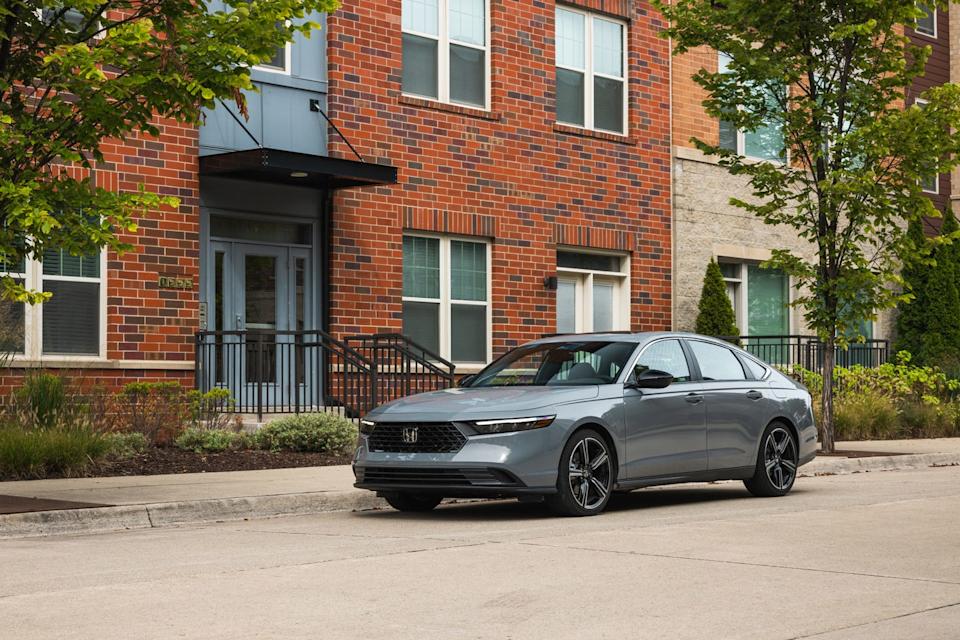
The study is the first to be completed with the IIHS's new camera-based methodology for tracking blind spots. Historically, visibility studies have been done with either engineering drawings, laser scanning, or placement of a car on a physical grid designed to allow a driver to quantify what they can see. The new system just uses a 360º camera and related software, making it more convenient than the physical grid and more comprehensive than laser scanning — all while requiring less help from outside parties than engineering drawings.
Thanks to this new system, the IIHS can track blind spots much more efficiently. As a result, the group says that it is working on blind zone map comparisons for "about 150 vehicle models." That should mean a greatly increased understanding of both the scale of the problem and the impact that those visibility concerns have on our roads.
You Might Also Like

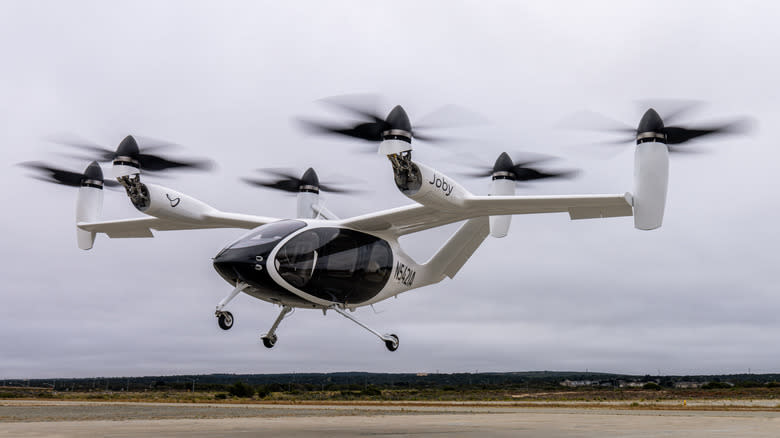
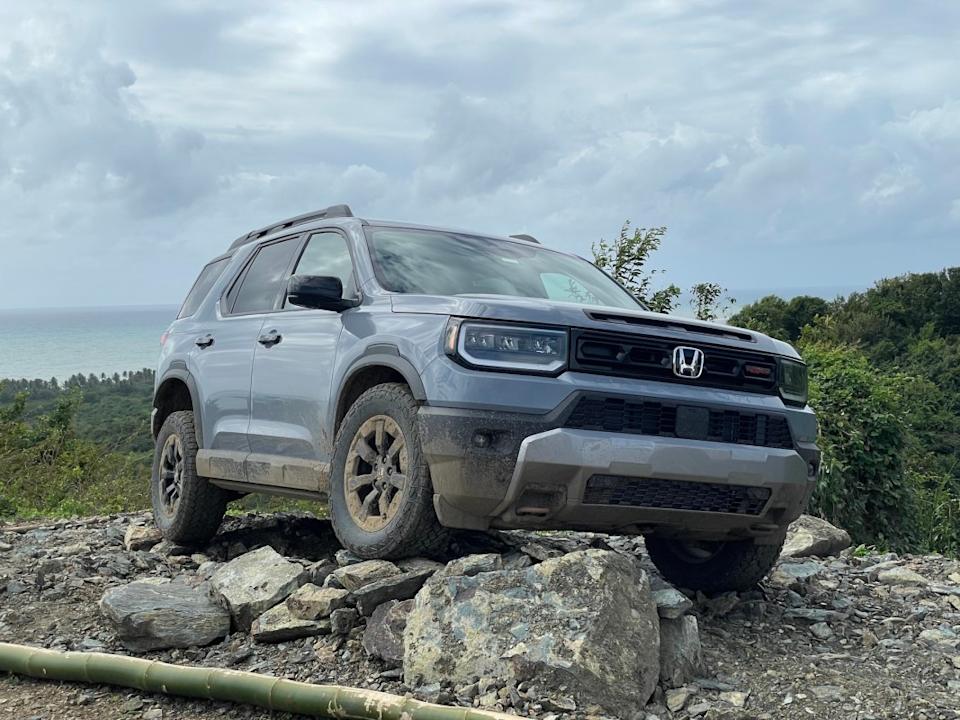
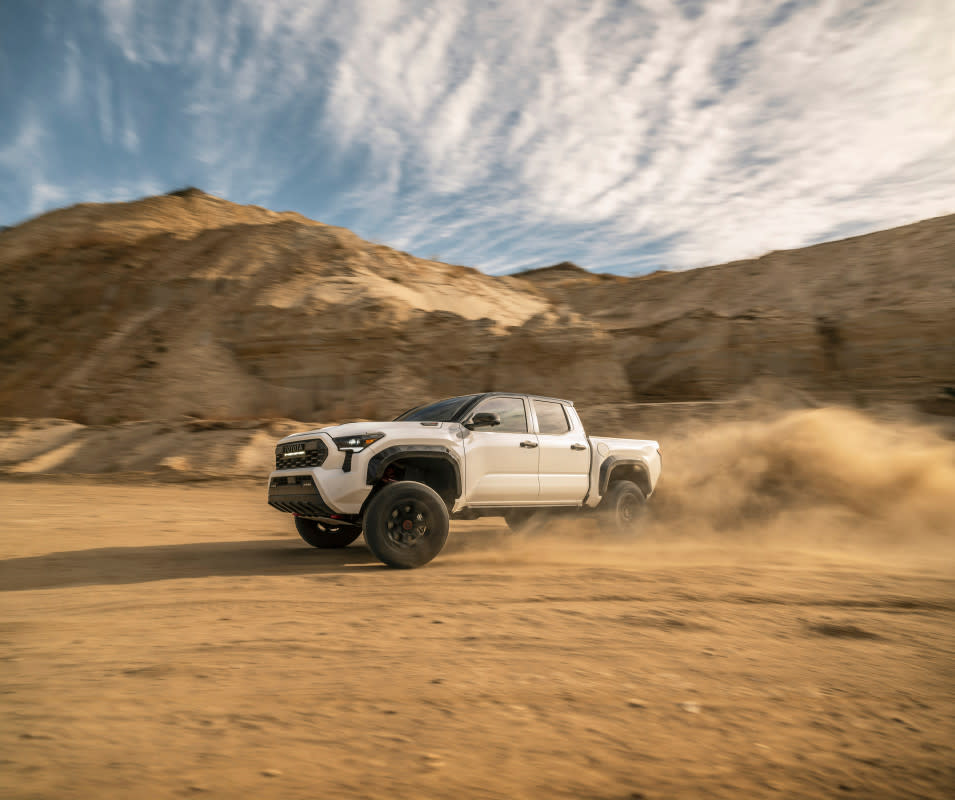
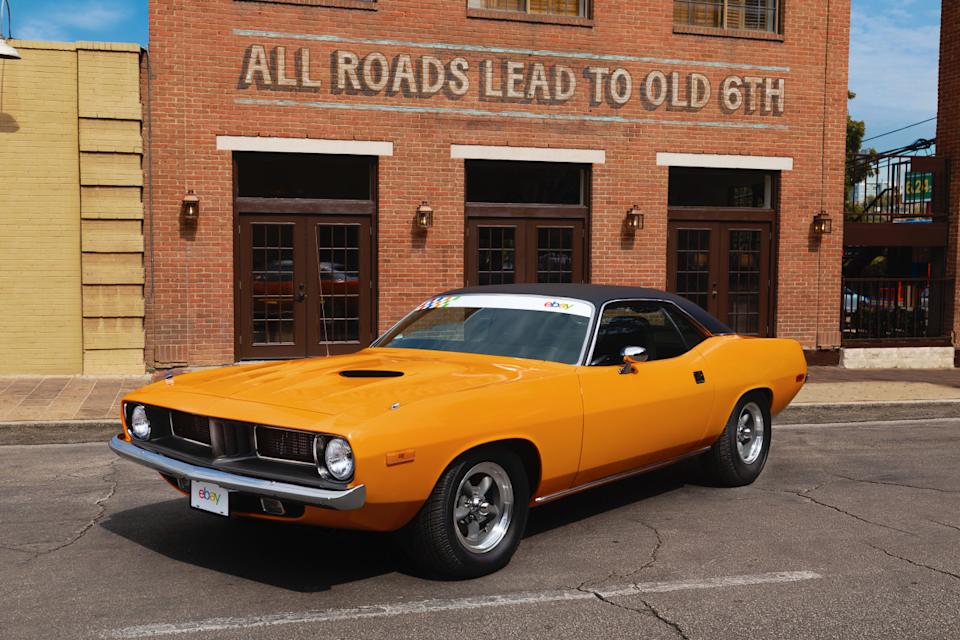



Comments